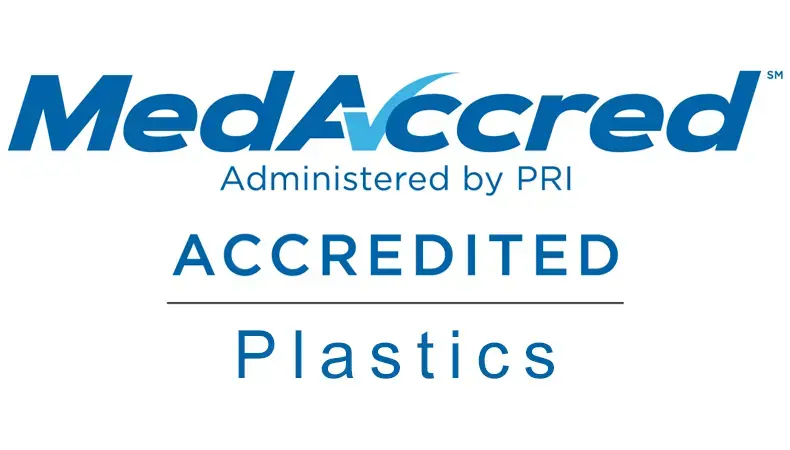General manufacturing

Tariffs, geopolitical uncertainty, global supply chain disruptions, and shifting consumer expectations are reshaping manufacturing strategies in every industry. After decades of leveraging lower labor costs overseas, many OEMs are reconsidering the true value of offshoring.
Reshoring — the practice of bringing overseas production back to North America — is no longer viewed as a trend. It’s a strategic move for OEMs seeking stability, quality, and long-term profitability. The many considerations related to reshoring can sometimes make the transition complicated, but persistence pays off when the proper steps are followed.
For sourcing and procurement professionals, understanding what’s involved — and what pitfalls to avoid — during reshoring is critical, especially as unpredictable tariffs could arbitrarily upend an otherwise cost-effective transition.
Realistically, tariffs on components, machinery, and tooling primarily made in China could wipe out any perceived savings from offshore production. This fact alone is a strong argument in favor of reshoring, but offshoring also makes global supply chains vulnerable to:
For some OEMs, Kaysun’s VP of Engineering, Ken Glassen, is seeing these vulnerabilities as catalysts for change. “Some manufacturers have been slow to react to tariff increases,” Glassen explained. “Now, they're being impacted and are far more proactive in strategizing solutions to get and stay ahead of the changes.”
What was once a simple “lowest-cost” sourcing decision now demands a Total Cost of Ownership (TCO) perspective.
TCO goes far beyond unit price. It considers “hidden costs” not factored into the offshoring bottom line, including shipping, quality issues, rework, lost time, inventory carrying costs, and more, helping you make fully informed sourcing decisions.

OEMs that run a full TCO analysis often discover that U.S. manufacturing is at cost-parity — or potentially more profitable — than overseas options.
Reshoring brings with it the benefit of leveraging “Made in America” products. U.S. manufacturers currently make only about 11% of products bought by Americans — a sharp drop from the 80% seen four decades ago. However, trends support a resurgence in preference for domestically sourced items.
There is a caveat: “Made in America” can’t simply be claimed. The Federal Trade Commission (FTC) has strict compliance standards that need to be met before the label is put on products.
Given the number of reshoring’s compelling upsides, developing a plan to implement it at the sourcing and procurement level makes logical business sense.
Applying these five sequential steps will help you dial in a phased approach:
Start by evaluating your current offshore program(s):
When building a clear business case for reshoring, answering these questions honestly is key, and conducting a comprehensive TCO analysis is imperative.
Deciding to bring manufacturing operations back to the United States is one major decision. Another is identifying the domestic injection molder that aligns with your program objectives and overall goals. When narrowing your list of choices, look for a molder with:
You’ve made the decision to reshore. You’ve chosen your injection molding partner. Next is the actual program transfer. While not always possible, choosing a smaller program to pilot reshoring may be beneficial to work through any transfer issues prior to moving large-scale programs.
This phase involves close collaboration between your team and your injection molding partner to coordinate and verify:
Having discussions about expectations, deliverables, and roles and responsibilities prior to executing the reshoring transfer generally saves a lot of time and frustration, and solidifies the relationship.
Steps 1 through 3 are completed to everyone’s satisfaction, so there’s not much left to do other than starting full-scale production. Seems logical, but don’t get ahead of yourself. Be deliberate in your pre-production regimen with your molder:
After launch, continuous improvement initiatives help optimize cost, quality, and efficiency. A strong, results-focused injection molding partner such as Kaysun remains engaged over the long-term, ensuring your reshored program scales effectively with market demand.
Now that you know what a successful reshoring process entails, it’s important to not grow complacent over time or cut corners in its execution.
Avoid these all-too-common reshoring pitfalls:
“Right now, the big focus is the tariffs,” said Kaysun Business Development Engineer Jenna Vogel. “But before the tariffs got to what they are now, people would still come to Kaysun looking to reshore, primarily due to delivery issues. We could help them avoid costly delays and provide production line stability.”
At Kaysun, our expertise and core competencies complement the reshoring initiatives of our partners in automotive, commercial, and other industries, and include:
While tariffs and cost pressures often spark initial reshoring conversations, the long-term benefits extend far beyond financials. Reshoring delivers greater supply chain resilience, improved product quality, faster response times, and brand value, often through "Made in America" initiatives.
For OEMs serious about mitigating risk and regaining control of their manufacturing programs, reshoring is a strategic imperative. With the right partner, it’s a well-planned transition, not a painful disruption.
Kaysun specializes in helping OEMs navigate the complexities of reshoring injection molding programs with precision, speed, and confidence. Let’s talk about how we can help you leverage reshoring to your best advantage during the tariffs crisis and beyond. Schedule a consultation with our experts today.


MD&M West is one of the largest and most respected medical device trade shows …
READ MORE

When you operate at the top of your game, reach higher. Kaysun had already shown i…
READ MORE

Kaysun's commitment to excellence is well documented through its certifications, i…
READ MORE